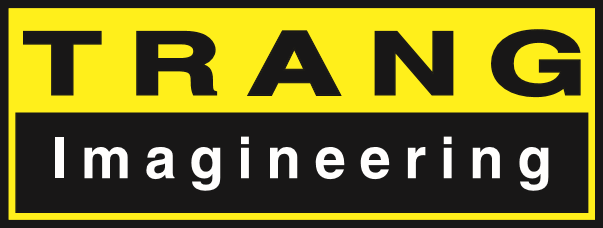API-650 Nozzle Load Design: Common Pitfalls
API-650 tanks look simple until the piping system leans on them. Nozzles become the battleground where thermal expansion, misalignment, and support gaps show up as loads the tank never wanted. Here are the traps we see most often and how to avoid them.
Why nozzle loads hurt tanks
Tanks are thin shells: great for hoop stress under internal pressure, poor at concentrated loads.
Nozzles interrupt shell continuity: even with reinforcement, local stresses rise fast.
Piping loads are sneaky: weight, thermal growth, wind, seismic, startup/shutdown transients, plus assembly misalignment.
Pitfall 1: Treating the tank as a pipe support
If the line “finds” support at the nozzle, your tank is now a spring hanger. Fix:
Provide independent pipe supports (near/nozzle) designed to carry dead load and thermal expansion without dumping into the tank.
Use guided supports + expansion loops to control load directions at the nozzle.
Pitfall 2: Ignoring combined loads (Fx, Fy, Fz, Mx, My, Mz)
API-650 reinforcement rules focus on internal pressure & opening compensation, not the full vector of external piping loads. Fix:
Check combined forces/moments at each nozzle.
Use Code-level methods (e.g., WRC-style checks where appropriate) or local shell FEA to verify stresses and nozzle/shell interface.
Pitfall 3: “One size fits all” reinforcement pads
Oversized pads don’t automatically fix a bad load path. Fix:
Size the pad to restore lost cross-section (per API-650) and check stiffness & stress for external loads.
Consider insert plates, doubler plates, collars, or full-height repads for high-load locations.
Pitfall 4: Nozzle at high-distortion zones
Near a wind girder, shell course change, or close to a support → stress raisers add up.
On sloped roofs, manways too close to rafters, or near large appurtenances. Fix:
Choose calmer shell regions, maintain minimum spacing between openings, and coordinate nozzle elevations with the structural team early.
Pitfall 5: Thermal growth not accommodated
Hot lines, long runs, or cyclic temperature service will try to walk your nozzle. Fix:
Add expansion loops/bellows where appropriate.
Use guided supports that let the line grow in the right direction.
Keep rigid anchor points off the tank unless deliberately designed.
Pitfall 6: Misalignment at install
If erection tolerances force the line into position, you’ve pre-loaded the nozzle. Fix:
Build alignment tolerance into the model.
Allow for cold spring only with controls and documentation.
Specify field fit spools and QC hold points.
Pitfall 7: Forgetting roof nozzles & manways
Self-supporting roofs don’t want big bending inputs at penetrations; rafters/girders complicate load paths. Fix:
Coordinate with roof framing; design local reinforcement and stiffeners if loads are unavoidable.
Prefer shell nozzles for heavy connections; keep roof penetrations for instruments/vents.
Practical workflow that works
Agree the “nozzle load budget” early (piping to propose, tanks to accept/refine).
Model the line with realistic supports and thermal cases.
Check loads at each nozzle against agreed limits (and adjust supports if exceeded).
For critical nozzles, run local shell FEA (pad, insert plate, welds) including membrane + bending stresses.
Detail drawings: pad sizes/thickness, weld categories, NDE, and fit-up tolerances.
Site QA: verify supports installed as designed (heights, gaps, guides/stops).
Commissioning: hot/cold checks to confirm predicted growth and support engagement.
Documentation that de-risks
Nozzle load table in the MDR (forces/moments, allowable vs actual).
Support schedule with allowable movements/loads at each support.
As-built survey confirming elevations and gaps.
ITP for pad welds/NDE and hydrotest hold points.
API-650 gets you a compliant tank; it doesn’t guarantee it will survive a stiff piping system. Treat the tank like a pressure vessel that hates external loads: share the load with supports, design for combined forces/moments, and verify the worst cases with local FEA.
